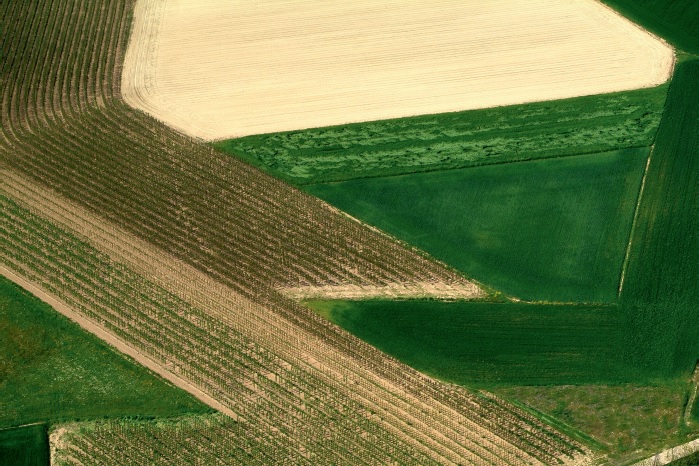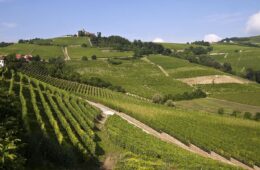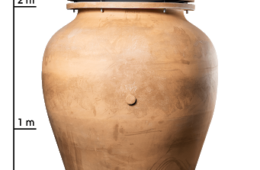Landscapes of wine

At the end of April, Edison Foundation, in collaboration with Federvini, released the online movie Artedivino by the German director Alexander Kockerbeck. Over approximately forty minutes, the film portrays the coming together of the nectar of Bacchus and Italy’s territory, art and culture while capturing countless views of wine landscapes from southern to northern Italy.
During the long and dull isolation we had to endure in order to contain the Covid-19 virus, we rediscovered the importance of landscapes. The mere sight of natural spaces by looking at photographs and videos, evokes reassuring and comforting, sometimes nostalgic, feelings in those who observe them. The study The Frontiers in Ecology and the Environment by N. Nadkarni of the University of Utah, published in the magazine Nature in 2017, had already highlighted the benefits of nature imagery on people in places of detention.
The time for contemplation, memory and recollection is over. We all desperately long to experience landscapes, to travel through them, regaining the sense of freedom that only wide-open spaces can provide; that special tie that binds man to nature against the denaturation of biological cycles.
Wine landscapes are the focus of this issue of Il Sommelier. Compared to other topics related to the world of wine, this topic remains poorly explored, while the others have been covered using the approach expressed by the words of Italo Calvino: “I am interested in everything that straddles various disciplines […] I try to base myself on things I see, on objects, on images “(Corsera 1984).
In “wine landscapes”, which are part of rural landscapes, fixed and mobile, material and immaterial elements coexist, such as terroir (OIV 2010) and sensoriality (colours, scents, silence …). Using specialized and artistic knowledge, we have tried to describe wine landscapes from a dual perspective: narration of the landscape and the landscape as its own novelist.
Italy’s varied geography has created several unique wine landscapes that have received international recognition. For example, the wine-growing landscapes of the Langhe-Roero and Monferrato and the hills of Prosecco di Conegliano and Valdobbiadene are considered “cultural landscapes” and are listed as UNESCO World Heritage Sites. The island of Pantelleria, characterized by the cultivation of the sapling vine and the art of dry-stone walling, is part of humanity’s intangible cultural heritage. The traditional vineyards of the Soave are considered a Globally Important Agricultural Heritage System by the prestigious GIAHS-FAO project, while the traditional vineyards of Mandrolisai are listed in the National Register of Historic Rural Landscapes of the Italian Ministry of Agricultural, Food and Forestry Policies (MiPAAF), with the aim of placing the local landscapes, characterized by agricultural activities, forest and pastoral throughout history, at the centre.
Landscape is perspective; a new vision that changes depending on the point of view. It also represents beauty, harmony of colours, shapes, sizes, spaces and density. It can simultaneously be panorama and geography, environment, anthropic space that maintains values, history, culture, identity and art alive. Landscapes also encompass economy, which the recent pandemic has seriously brought to its knees. Goods to be marketed are produced within these territories, including strategic plans to enhance and protect them.
Currently, economic indicators are far from encouraging including for the wine sector. But History has taught us that crises are often epiphanies. They reveal new opportunities that must be seized. As the anthropologist Eugenio Turri once wrote: “Man discovers the world through the landscape”. This is not limited to the physical movement in space. Discovery here is intended in its entirety: a rethinking of values, new meanings, creative undertakings that can connect or reconnect apparently disjointed pieces; the conceiving of new projects and action plans based on new rhythms of interaction and collaboration.
Landscapes are a precious and important kaleidoscope, capable of creating new symmetries, new observations that today, more than ever, we must seize if we want the economy to start over. Perhaps, landscapes could be the point of departure for the wine sector. We propose it.
Alice Lupi
ARTICOLO TRATTO DA ” Il Sommelier Magazine“


